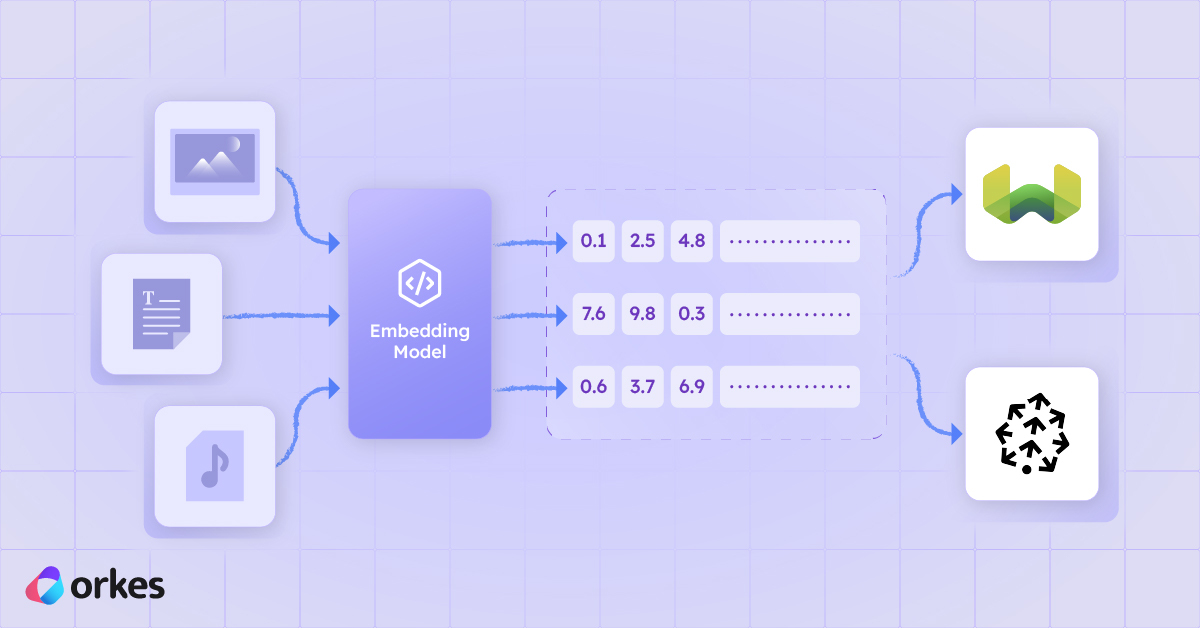AGENTIC ENGINEERING
The Secret to Stronger Agentic Workflows Is Breaking Prompts into Pieces

Maria Shimkovska
Content Engineer
August 26, 2025
11 min read
Loading...

.png)
Dec 4, 2025

Dec 2, 2025

Nov 26, 2025
Join thousands of developers building the future with Orkes.